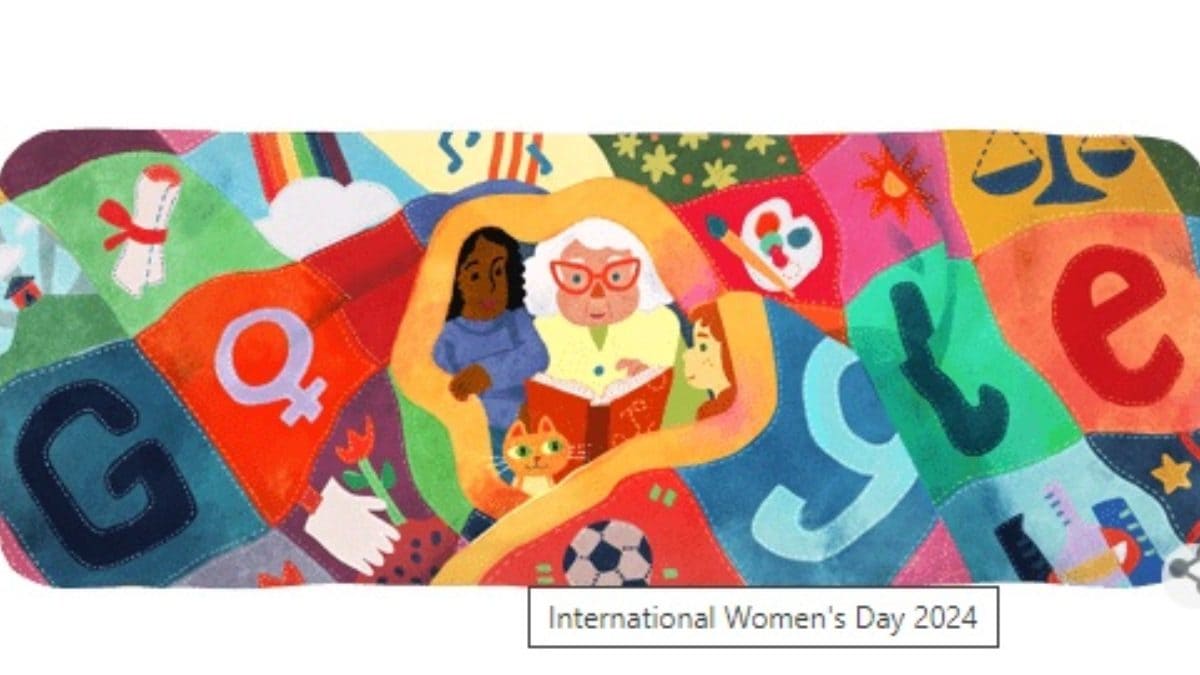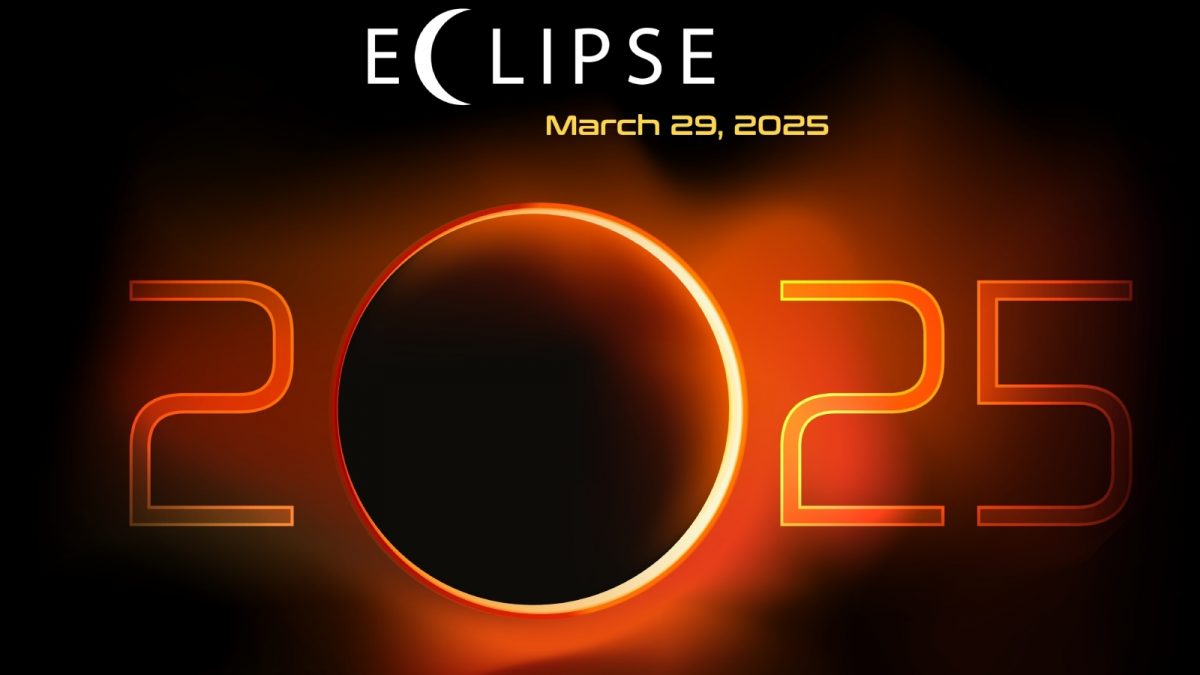Those pressures have been neatly packaged by the beauty and cosmetics industries, which are eyeing ever-younger customers — and shifting expectations of what a person looks like at 30, 40, 50 and beyond in the process.
Some dermatologists promote “baby Botox” or “prejuvenation” procedures, which have ballooned in popularity among customers in their 20s and 30s. Skin care companies are targeting even younger demographics: According to an article in The Wall Street Journal, Bubble Skincare, a company that sells hydrating moisturizers and eye-brightening cream, works with about 2,000 13- and 14-year-old youth ambassadors.
Though Gen Z may be uniquely ambushed with this marketing and messaging on social media, dealing with aging and ageism — even in one’s 20s — is nothing new, said Sari Botton, 58, the editor of Oldster Magazine, a digital publication about aging. She wondered whether Gen Z’s moment of sensitivity around aging might have less to do with their appearances and more to do with their anxiety about the next phase of adulthood.
“I think it’s probably the old quarter-life crisis, and the realization that they’re going to have to make some big adult choices that they’re going to have to live with,” Ms. Botton said.
As they age, Gen Z-ers will also have to let go of youth as a central part of their identity, said Mr. Howlett, whose video about looking older than 26 elicited more than 60,000 comments. He thinks that Gen Z’s fear of aging is accompanied by insecurity about what comes next. “Gen Z is so worried about turning 30, that time when you’re supposed to have everything put together,” he said.
These insecurities are age-old, but increasingly they’re being processed in front of millions of viewers.
“Your aging anxiety used to take place in the privacy of your own home or maybe with a very close friend or family member,” Professor Engeln said. “Now it happens on TikTok, with an audience.”





1692443894-0/Untitled-design-(15)1692443894-0.png)

